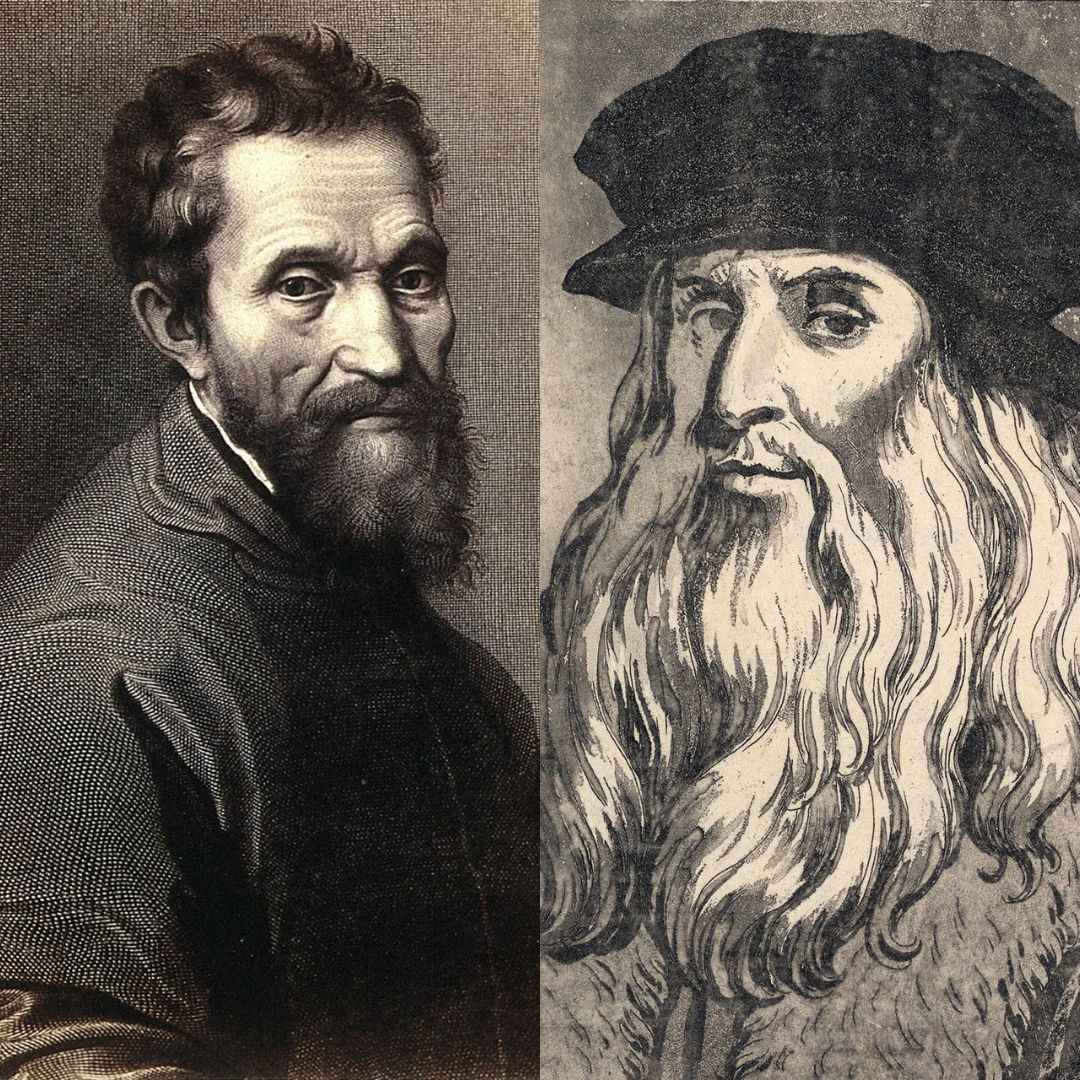Love and Identity in a Hostile World

Anne Lister: The First Modern Lesbian
In 19th-century England, Anne Lister (1791–1840) dressed in masculine clothing and kept coded diaries detailing her relationships with women. Her marriage to Ann Walker, though illegal, was a bold act of defiance against a world that refused to acknowledge their love. Anne’s story is a powerful example of visibility in an era of invisibility.

Lili Elbe: A Pioneer in Trans Identity
Lili Elbe (1882–1931) was one of the first trans women to undergo gender confirmation surgery. In a time when little understanding of trans identities existed, Lili embraced her authenticity despite the risks of experimental surgeries. Her autobiography, Man into Woman, brought her journey to life and inspired future generations.
Pioneers in Art and Literature

Michelangelo and Leonardo da Vinci: The Queer Artists of the Renaissance
During the Renaissance, artists like Michelangelo and Leonardo da Vinci flourished, but queerness was heavily persecuted. Homosexuality was often criminalized under charges of "sodomy," a term used to penalize relationships between men. In 1476, Leonardo da Vinci was accused of sodomy, a charge that could have destroyed his life. Yet he stayed true to himself, creating intimate sketches and celebrating the male form.
Michelangelo’s work also reflects a queer sensibility. His masterpiece David and his love poems to Tommaso de’ Cavalieri openly celebrate the beauty of the male body. Through their art, these masters found ways to honor their queerness in a world that sought to silence them.

William Shakespeare and Virginia Woolf: Queerness in Words
William Shakespeare, the famed English bard, expressed admiration for a "Fair Youth" in his sonnets, likely a man. At a time when homosexuality was punishable by death, Shakespeare encoded his feelings in poetry that has endured through the centuries.
Centuries later, Virginia Woolf defied societal norms with Orlando, a novel inspired by her lover Vita Sackville-West. The gender-fluid protagonist of Orlando reflects Woolf’s vision of identity as something that transcends traditional categories.
The Rise of Transgender Visibility

Christine Jorgensen: An International Symbol of Change
Christine Jorgensen (1926–1989) became one of the first well-known Americans to undergo gender confirmation surgery in the 1950s. Her transition dominated headlines and sparked discussions about gender in a time when such topics were largely taboo. Christine’s openness paved the way for gender-affirming care and remains an enduring source of inspiration.

April Ashley: Glamour and Activism
April Ashley (1935–2021), one of the first British trans women to undergo gender confirmation surgery, used her fame as a model and actress to advocate for trans rights. Despite intense media scrutiny and discrimination, April championed acceptance, and her story is now recognized as a significant chapter in the fight for equality.
Glamour, Activism, and Intersectionality

Josephine Baker: Dancing Against Inequality
Josephine Baker (1906–1975) broke barriers as a performer in 1920s Paris, challenging stereotypes of race and gender. Her queer relationships and activism—as a spy during World War II and later as a civil rights advocate—made her a symbol of strength and defiance.

Frida Kahlo and Audre Lorde: Art as Activism
Frida Kahlo (1907–1954) painted her physical pain and complex identity, including her bisexuality. Her art challenged the conservative norms of her time and gave visibility to queer experiences.
Audre Lorde (1934–1992), a Black lesbian poet and activist, used words to confront racism, sexism, and homophobia. Her legacy emphasizes the importance of intersectionality and continues to inspire activists worldwide.
A Legacy of Courage and Creativity
From Michelangelo and Anne Lister to Christine Jorgensen, April Ashley, Josephine Baker, and Audre Lorde—these icons demonstrate how courage and creativity transcend time. They lived their truths in a world that often sought to suppress them, and their stories remain a source of pride and inspiration.
Their lives remind us that progress begins with those who refuse to conform. Let us continue to learn from their bravery and celebrate their legacy as we build a future where everyone can live authentically.



